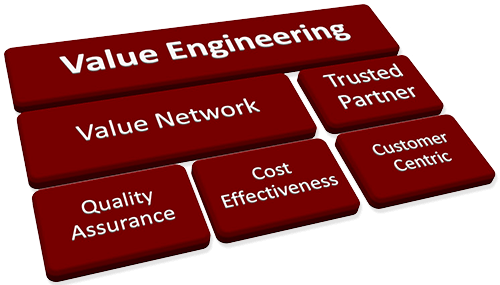Value Engineering and Cost Effectiveness in Manufacturing
In today’s competitive manufacturing landscape, companies must continuously seek ways to improve efficiency, reduce costs, and enhance product quality. Value engineering (VE) plays a pivotal role in achieving these objectives. Here we explore the significance of value engineering and cost effectiveness in a manufacturing setting, highlighting strategies and best practices for implementing these principles.
